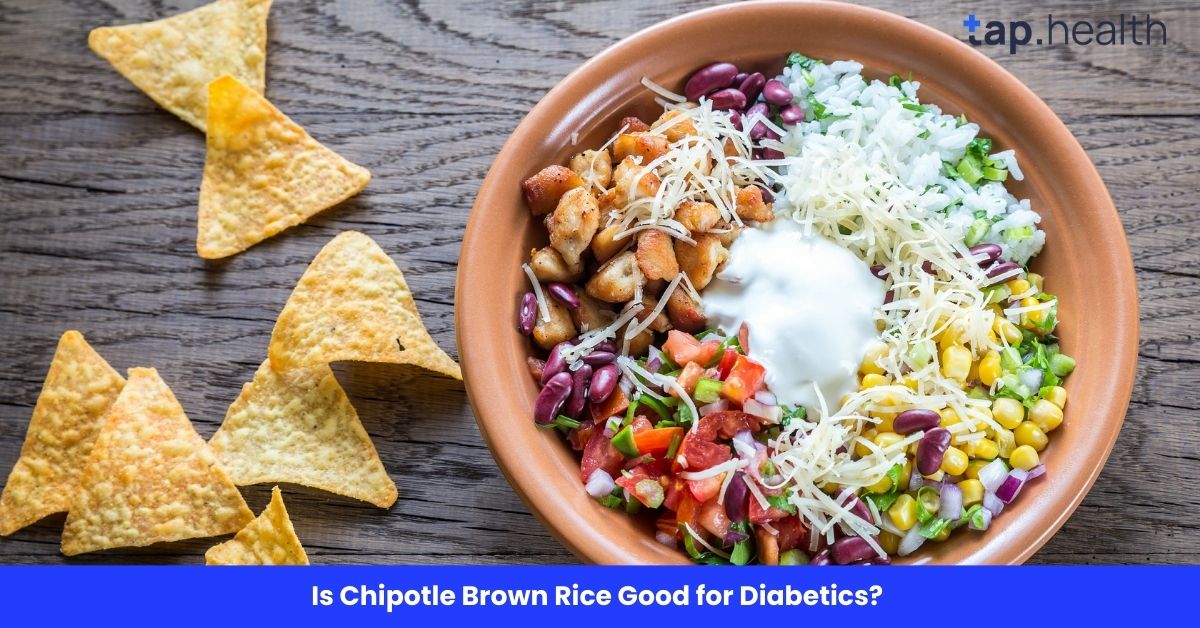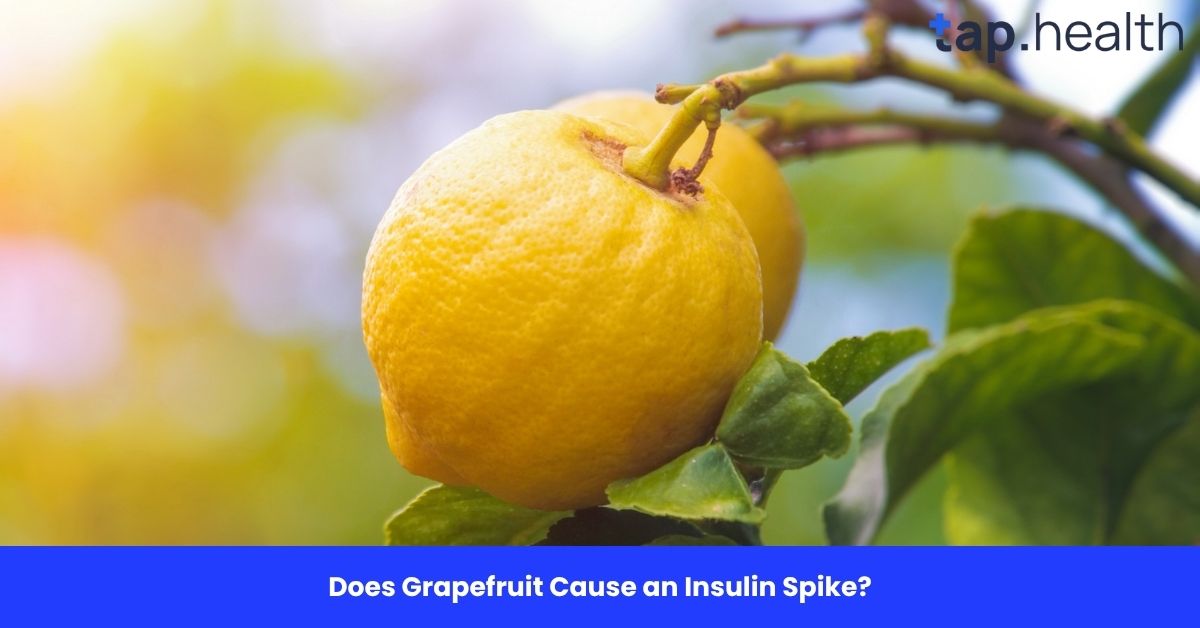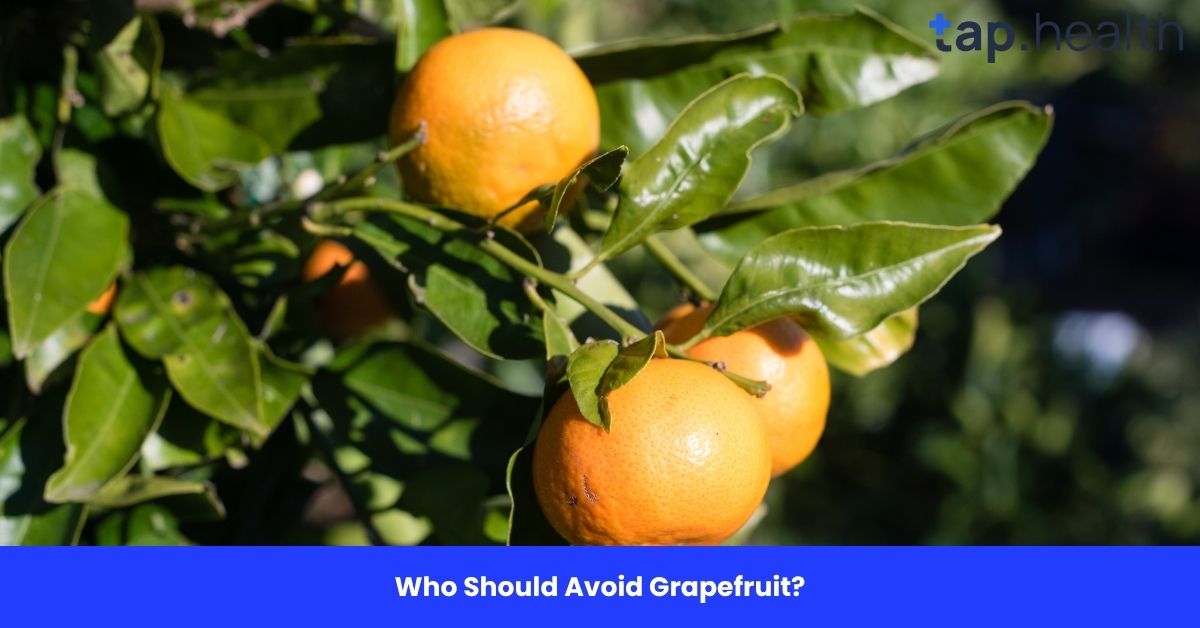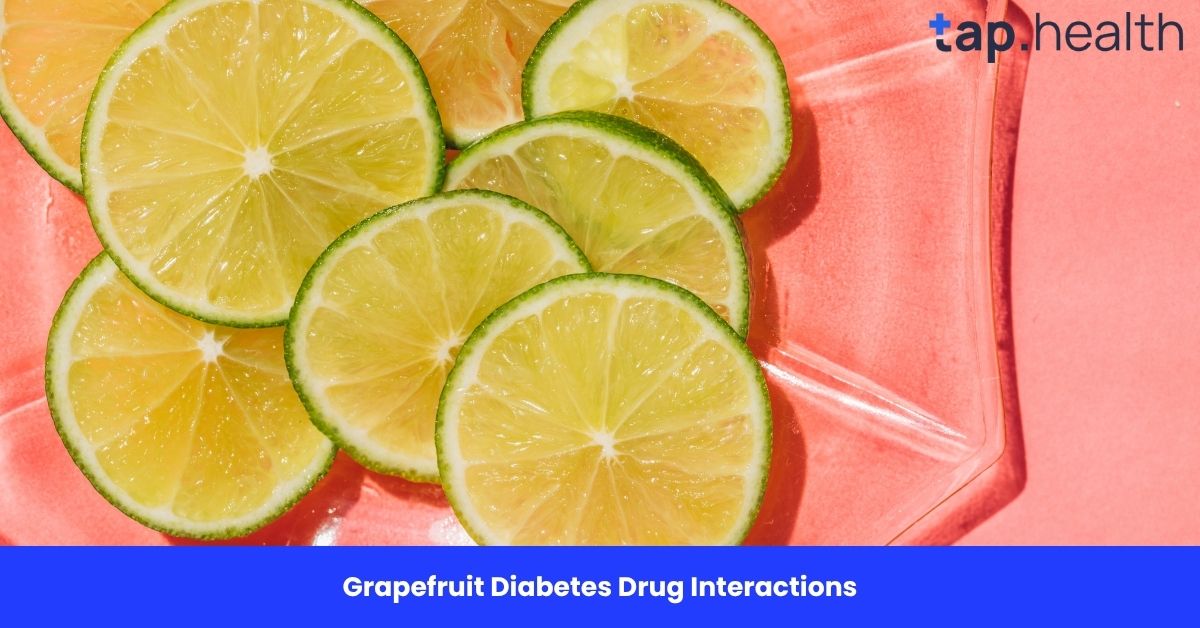If you’re living with diabetes or are trying to manage your blood sugar levels, choosing the right foods can be challenging. One meal that might catch your attention is the Chipotle Brown Rice—a seemingly healthy option. But, when it comes to managing diabetes, not all carbs are created equal, and understanding how brown rice impacts your blood sugar is crucial.
This guide will break down everything you need to know about Chipotle brown rice—from its nutritional benefits to how it affects blood sugar and whether it’s a good option for diabetics. We’ll also look at other factors that could make or break your meal at Chipotle and help you make the best choice when you’re looking for a healthy, balanced meal.
What Is Brown Rice?
Before we dive into whether Chipotle brown rice is good for diabetics, it’s important to understand what brown rice is and how it differs from white rice.
Brown Rice vs. White Rice: What’s the Difference?
Brown rice is a whole grain that retains its bran and germ layers, making it more nutritious than white rice. When rice is refined to make white rice, the bran and germ are removed, along with most of the fiber, vitamins, and minerals. This is why brown rice is considered a healthier option for many people, especially those with specific health concerns like diabetes.
Brown rice contains:
- Fiber: Helps slow the absorption of sugars into the bloodstream.
- Vitamins: B vitamins, magnesium, and iron.
- Minerals: Potassium, phosphorus, and selenium.
White rice, on the other hand, is mostly starch, meaning it’s digested and absorbed into the bloodstream faster, which can cause quicker spikes in blood sugar levels.
Brown Rice and Its Glycemic Index
The glycemic index (GI) is a scale that measures how quickly foods raise blood sugar levels. Foods with a high GI cause rapid spikes in blood sugar, while foods with a low GI result in slower increases.
- White rice has a high GI, meaning it can cause rapid blood sugar spikes.
- Brown rice, however, has a lower GI compared to white rice, making it a better choice for people who are managing diabetes.
According to the American Diabetes Association, foods with a lower GI are better for controlling blood sugar levels, as they result in less fluctuation after meals.
How Brown Rice Affects Blood Sugar Levels
When you eat food, your body breaks it down into glucose (sugar) for energy. In people with diabetes, the body struggles to regulate blood sugar, either due to insufficient insulin or insulin resistance. Brown rice, being a whole grain, has a low glycemic index, meaning it causes a slower, more gradual increase in blood sugar. This makes it a healthier choice for diabetics compared to more refined grains like white rice.
Fiber and Blood Sugar Control
Brown rice is a great source of dietary fiber, which plays an important role in blood sugar control. Fiber slows down the digestion and absorption of carbohydrates, which helps prevent spikes in blood sugar. The more fiber a food has, the better it can help stabilize blood sugar levels.
For diabetics, this is especially important. Fiber-rich foods, like Chipotle brown rice, can help reduce the post-meal blood sugar surge that can occur after eating high-carb foods.
Portion Control and Brown Rice
While brown rice is a better choice than white rice for blood sugar control, portion size still matters. Eating too much of any carb, even healthy ones like brown rice, can lead to an increase in blood sugar. Portion control is key.
At Chipotle, a standard serving of brown rice (about 4 oz.) has around 45 grams of carbs, which equals about 15 grams of sugar when broken down by the body. For those with diabetes, this could be too much if consumed in large portions, especially if you’re adding other carb-rich ingredients like beans or tortilla chips.
To avoid blood sugar spikes, you can pair your brown rice with lean proteins (like chicken or steak) and non-starchy vegetables (like peppers or lettuce) to balance your meal. This will help keep your blood sugar levels more stable.
Is Chipotle Brown Rice the Best Option for Diabetics?
While Chipotle brown rice is generally a better option than white rice for managing blood sugar, it’s important to understand that not all rice options are created equal. So, is Chipotle brown rice good for diabetics? Yes, but with some considerations.
Also read this: How Many Calories in a Chipotle Bowl?
Benefits of Chipotle Brown Rice for Diabetics
- Lower Glycemic Index: Brown rice has a lower GI compared to white rice, which means it causes a slower rise in blood sugar levels.
- High in Fiber: The fiber in brown rice helps slow digestion, providing more stable blood sugar levels.
- Nutrient-Dense: Brown rice provides essential vitamins and minerals like magnesium, which is important for blood sugar regulation.
- Whole Grain: Brown rice is a whole grain, which is generally healthier than refined grains. Whole grains are often linked to a reduced risk of type 2 diabetes and better overall health.
Potential Drawbacks
While Chipotle brown rice has several benefits, there are some potential drawbacks for diabetics to consider:
- Carb Content: A serving of brown rice still contains about 45 grams of carbohydrates, which can raise blood sugar levels if consumed in large quantities.
- Portion Size: At Chipotle, portion sizes can be quite large, so it’s important to control how much brown rice you’re adding to your meal. Large portions could lead to a significant increase in blood sugar.
- Toppings and Add-Ins: Many other ingredients at Chipotle, like beans, salsas, and tortillas, can add additional carbs and sugars. It’s important to balance your meal with lower-carb options to maintain good blood sugar control.
How to Build a Diabetes-Friendly Chipotle Bowl
If you want to enjoy a Chipotle bowl with brown rice while keeping your blood sugar levels in check, here are some tips for building a diabetes-friendly meal:
1. Choose Lean Proteins
Opt for lean protein options like chicken or steak to add filling protein without extra fat or carbs. Avoid higher-fat options like carnitas or barbacoa if you’re watching your weight or blood sugar.
2. Control Your Portion Size
Portion control is critical when managing blood sugar. Instead of a large scoop of brown rice, consider asking for half the normal portion or skipping the rice altogether and opting for lettuce as a base.
3. Add Vegetables
Load up on non-starchy vegetables like fajita peppers, tomatoes, lettuce, and onions. These are low in carbs and will provide fiber to help stabilize your blood sugar.
4. Go Easy on Salsas and Dressings
Salsas are a great way to add flavor without added sugars, but be cautious with dressings or creamy sauces, which may contain hidden sugars. Stick to salsa for added taste.
5. Skip the Tortilla and Chips
Both tortillas and chips add extra carbs that can cause blood sugar spikes. If you’re watching your blood sugar, skip these items or enjoy them in moderation.
Real-Life Scenario
Imagine a person with type 2 diabetes ordering a Chipotle bowl. They choose brown rice instead of white rice and pair it with grilled chicken, black beans, and vegetables. After checking their blood sugar an hour later, they notice a more stable reading compared to when they had a bowl with white rice. This demonstrates how swapping to brown rice can improve blood sugar control in real-life eating situations.
Expert Contribution
Registered dietitian Laura Singh explains: “Brown rice provides fiber and essential nutrients that help manage blood sugar. For people with diabetes, it’s a better option than white rice, but it’s important to keep portion sizes moderate. Pairing it with lean protein and non-starchy vegetables further reduces the glycemic impact of the meal.” Experts emphasize that brown rice is helpful but should be part of a balanced, low-glycemic meal.
Recommendations Grounded in Proven Research and Facts
- Choose brown rice over white rice: The higher fiber content slows sugar absorption.
- Watch portion size: Stick to ½ cup to 1 cup cooked to avoid excess carbs.
- Pair with protein and fiber: Beans, chicken, or vegetables help balance blood sugar.
- Avoid high-sugar sides: Corn, chips, and sugary sauces can counteract the benefits of brown rice.
- Monitor personal response: Blood sugar reactions can vary; testing after meals helps fine-tune choices.
Research consistently shows that swapping refined grains with whole grains like brown rice improves glycemic control and supports better long-term blood sugar management.
FAQ: Is Chipotle Brown Rice Good for Diabetics?
1. Is brown rice healthier than white rice for diabetics?
Yes! Brown rice is healthier for diabetics than white rice because it has a lower glycemic index and contains more fiber, which helps slow down the absorption of sugar.
2. How much brown rice can diabetics eat?
The amount of brown rice a diabetic can eat depends on their individual carb tolerance and overall meal plan. A serving of 4 oz of brown rice contains around 45 grams of carbs. It’s important to keep track of your carb intake throughout the day and adjust portions accordingly.
3. Can I have a Chipotle burrito with brown rice if I have diabetes?
Yes, you can! Just be mindful of your portion sizes and balance your meal with plenty of protein, vegetables, and minimal added sugars. Opt for a burrito bowl instead of a burrito wrap to reduce the carb load.
4. Is Chipotle’s brown rice low-carb?
No, brown rice is not considered low-carb. However, it is a healthier option compared to white rice because of its fiber content and lower glycemic index.
5. What’s the best way to keep my blood sugar stable at Chipotle?
To keep blood sugar stable, choose lean proteins, vegetables, and control your portion sizes. Skip high-carb items like tortillas, chips, and large servings of rice.
Conclusion
Chipotle brown rice is a great option for diabetics when consumed in moderation and paired with other healthy, low-carb ingredients. It has a lower glycemic index compared to white rice, contains beneficial fiber, and provides essential nutrients. However, portion control is crucial, as large amounts of rice or additional high-carb items like tortillas can lead to blood sugar spikes.
By customizing your Chipotle meal to include brown rice, lean protein, and plenty of non-starchy vegetables, you can enjoy a delicious and diabetes-friendly meal that supports your blood sugar management. Keep these tips in mind, and you’ll be able to savor your Chipotle meal while keeping your health in check.



